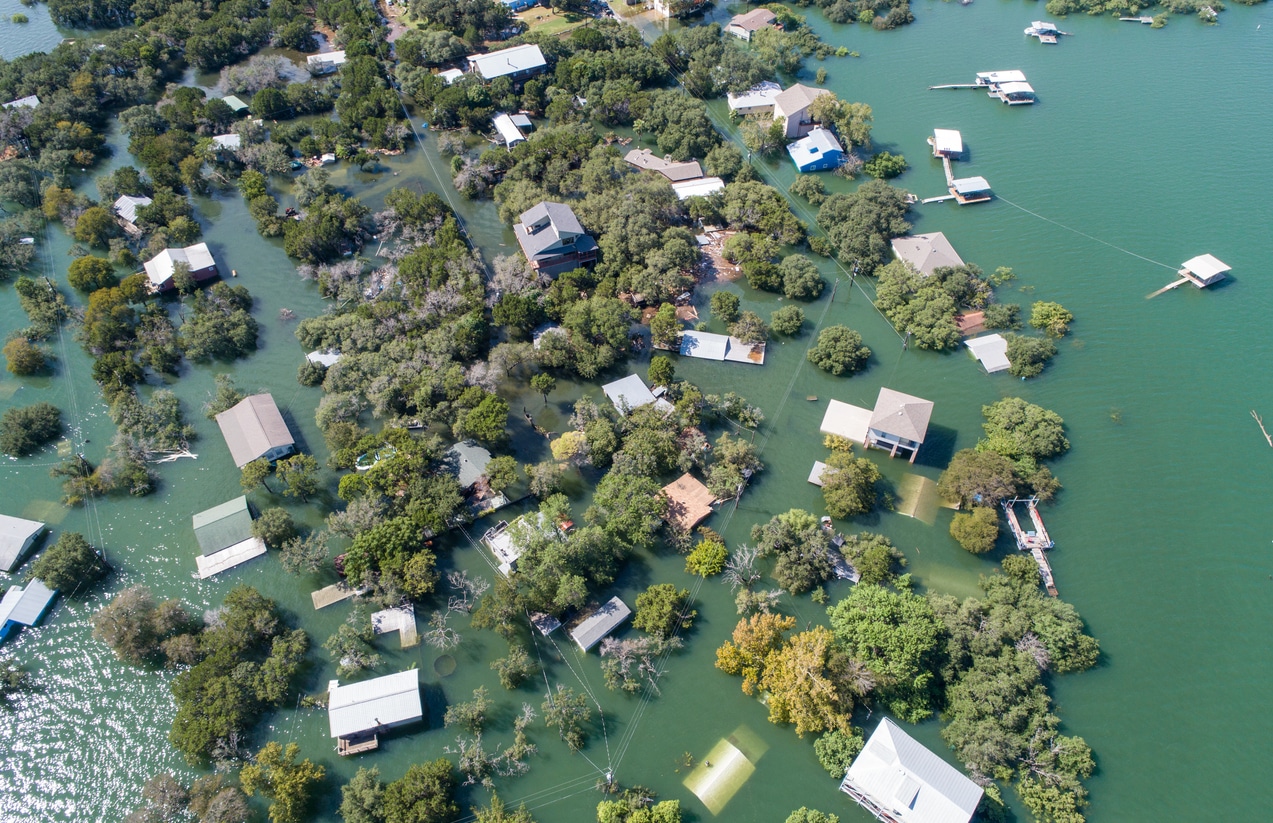FEMA's open call for public comments will be open until Jan. 27, and participants will be able to write in and attend a virtual meeting this week. The agency is particularly interested in hearing how the program's land-use rules can be updated to better prepare for future floods.
Right now, FEMA's flood insurance rules and the flood risk maps that underpin them have major blind spots when it comes to climate change, because they are based on historical data that does not account for future sea level rise and heavier rains. In areas of the country where swelling rivers and rising tides can collide, such as the Charleston region, the blind spots are worse because flood maps only consider one or the other.
However, FEMA's request for public input, as well as a recent announcement that the agency is reviewing several aspects of the insurance program, are encouraging signs, according to Joel Scata, a water and climate attorney with the Natural Resources Defense Council.
"I believe this request for information is FEMA's acknowledgement that (flood insurance) is not working as it should," he said.
Flood insurance was originally intended as a safety net for those caught in disasters that the private market would not insure, and it is now required to obtain a mortgage on many Lowcountry homes. However, it can trap flood survivors in a cycle of destruction and repair, as The Post and Courier revealed in its 2020 report "Fixed for Failure."
Simultaneously, the flood insurance program has been insolvent since Hurricane Katrina in 2005. According to the Government Accountability Office, it owed $20.5 billion as of August 2020.
NRDC petitioned FEMA earlier this year, along with the Association of State Floodplain Managers, to reconsider how it regulates development in flood-prone communities. FEMA accepted the petition and, by requesting public comment now, is initiating the process of potentially changing the federal rules governing the program.
"Right off the bat, we're in a place we haven't been in 40 years, pretty much," said Chad Berginnis, executive director of the floodplain group.
Flood insurance regulations, among other things, determine how high a building should be when it is located in a floodplain. Cities and towns can choose to add extra height to get a discount on their insurance premiums, but advocates are hoping that FEMA will make additional height a national standard to acknowledge that floods are worsening over time, according to Scata.
Another nonprofit, Anthropocene Alliance, would like to see buildings abandoned entirely in 100-year floodplains, according to co-founder Stephen Eisenman. He claims that height restrictions can have unintended consequences, such as raising houses by piling dirt on home lots, resulting in mounds that push more floodwaters into older developments.
FEMA is also considering establishing a national standard that would govern what homeowners must say about their flood histories when selling their homes. That would be a significant step forward because each state currently sets its own rules. South Carolina requires sellers to disclose any FEMA claims they've made, a change that came as a result of The Post and Courier's reporting, but not the extent of the damage.
Eisenman's organization is currently running a "Flood FEMA" campaign, which encourages flood survivors to flood agency officials with their personal stories. But the goal isn't just to put pressure on officials, he claims.
"I believe (FEMA) desires these changes," Eisenman said. "Some of them may frighten developers or politicians aligned with local developers, and (the agency) needs to know the public supports them."














